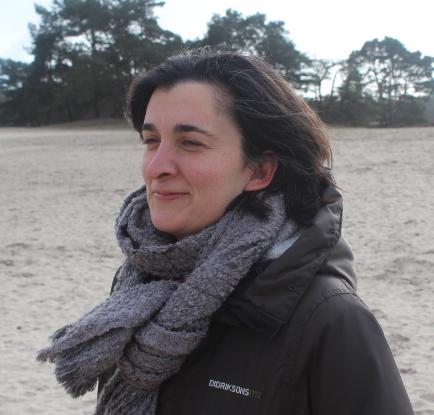
|
Can Kesmir |
| Research | Publications (PubMed)| Books | Servers | CV | |
Research interests
Vertebrate cells sample short peptides from endogenous proteins, and present them to the immune system via MHC class I molecules on the cell surface. T-cells scan the presented peptides and need to discriminate foreign (nonself) peptides from host (self) peptides. We develop bioinformatics methods that can be used to identify antigenic regions in basically any genome; these methods explained more in detail in Research.
We apply these methods to:
- Study the evolution of antigen presentation and processing pathways.
- Study co-evolution of host and its pathogen using HIV-1 as a model system
- Genetic associations of infectious diseases,
- Identification of neo-antigens (mutated self antigens that are developed during cancer)
- Improve organ transplantation when a full matched donor is not available.
MHC molecules do not only present peptides to T cells but they are also ligands for several Natural Killer (NK) cell receptors. Because of the abundant expression of MHC-I on many cells, NK cells remain silent to healthy tissue via the interactions with these receptors. But when cells have a decreased expression of MHC-I, which can occur during certain viral infections, they become target for NK cell killing. Some of the NK receptors show a fascinating evolutionary trade: they are polygenic and polymorphic. In the last years we developed a new research line studying the evolution of the polygenecity and polymorphism in these receptors.
Teaching
I am teaching Bioinformatics to first year biology students and ImmunoBiology to second/third year bachelor students. Moreover, I am tutor for first year biology students, and giving a master course, Introduction to R.
Contact
My full address.


